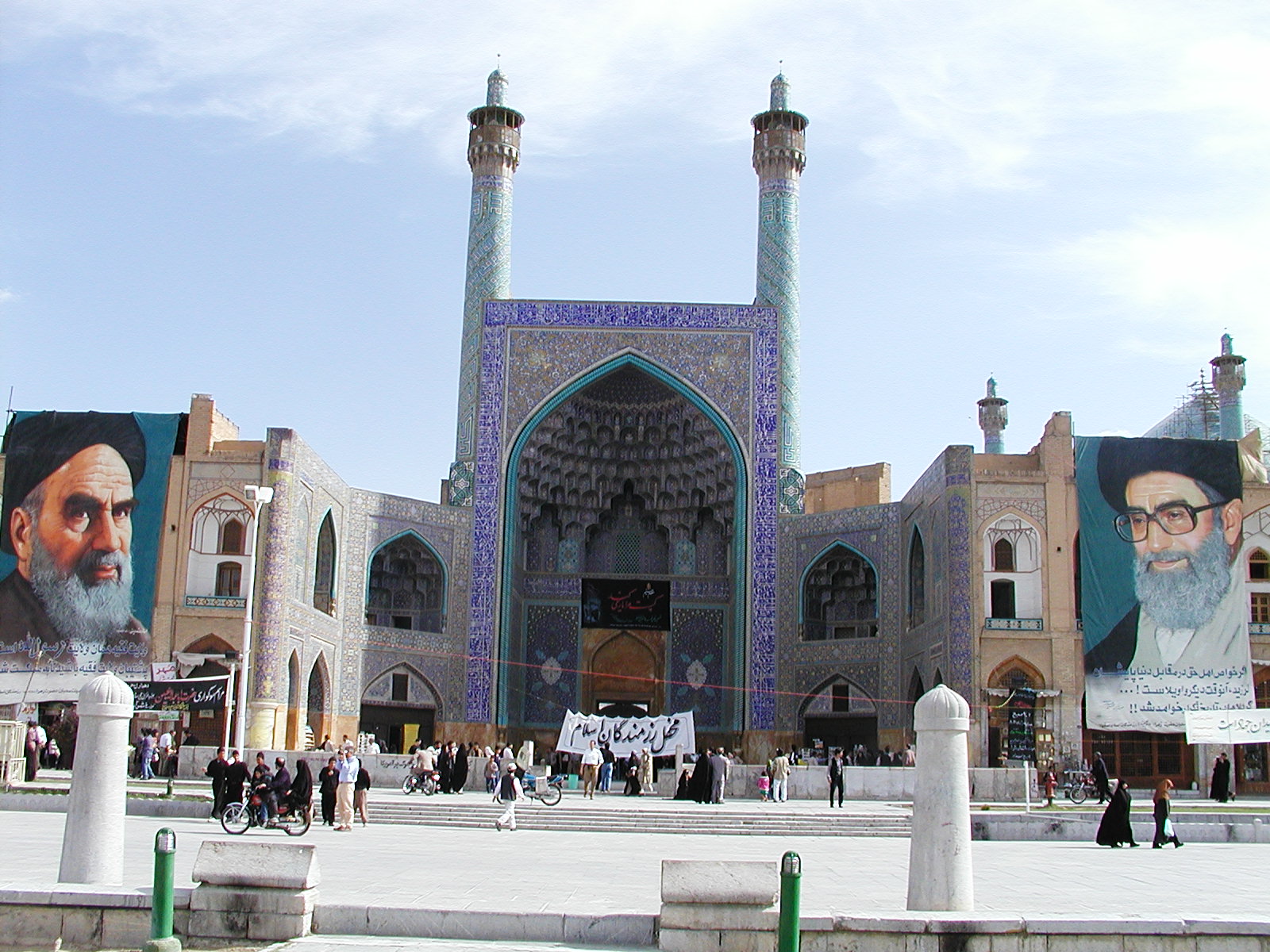
Iran’s March 1 Elections
- On March 1, Iran held elections for its parliament and Assembly of Experts.
- Of the 290 parliamentary seats, 245 were voted on during this first round of elections. The remaining 45 seats will be decided during a second round of voting in April or May.
- The 88-member Assembly of Experts is a panel of clerics responsible for selecting Iran’s next Supreme Leader, after 84-year old Ayatollah Khamenei either dies or steps down.
- On March 4, results from Iran’s parliamentary elections indicated that “hard-line politicians” won a significant majority of the 245 seats.
- 200 of those elected were supported by hardline groups, and the remaining 45 have been identified as relatively moderate, conservative, or independent.
- Only 11 women won seats.
- Conservatives also dominated elections for the Assembly of Experts.
- However, “many prospective candidates were disqualified by the Guardian Council,” including former president and moderate candidate Hassan Rouhani, who had served in the assembly for 24 years.
Factors Driving Low Voter Turnout
- The elections saw a 49% voter turnout, the lowest since the 1979 revolution.
- These elections marked the first since the September 2022 death of Mahsa Amini, who was killed in police custody after being arrested for improperly wearing a hijab.
- The months-long national protests over her death were met with a sweeping crackdown on personal freedoms and opposition groups.
- In part, this crackdown was expected to deter voter participation, as the Iranian population may view “the process as a masquerade of democracy intended to give legitimacy to a regime that has failed to deliver on living standards, the environment and personal freedom.”
- Iran’s economic crisis and high inflation were also expected to impact voter turnout.
- Analysts say many Iranians have lost hope in the ability of the regime to resolve its economic crisis, brought on by “US sanctions, mismanagement, and corruption.”
- The Iranian rial continued falling during the elections, hitting a low of around 600,000 per U.S. dollar on March 2.
- More than 270 prominent civil and political activists in Iran had issued a statement regarding their boycott of the elections, accusing authorities of “engineering” and “staging” the polls.
- This characterization, as well as calls to boycott the elections, came in response to the Guardian Council’s rejection of reformist candidates.
